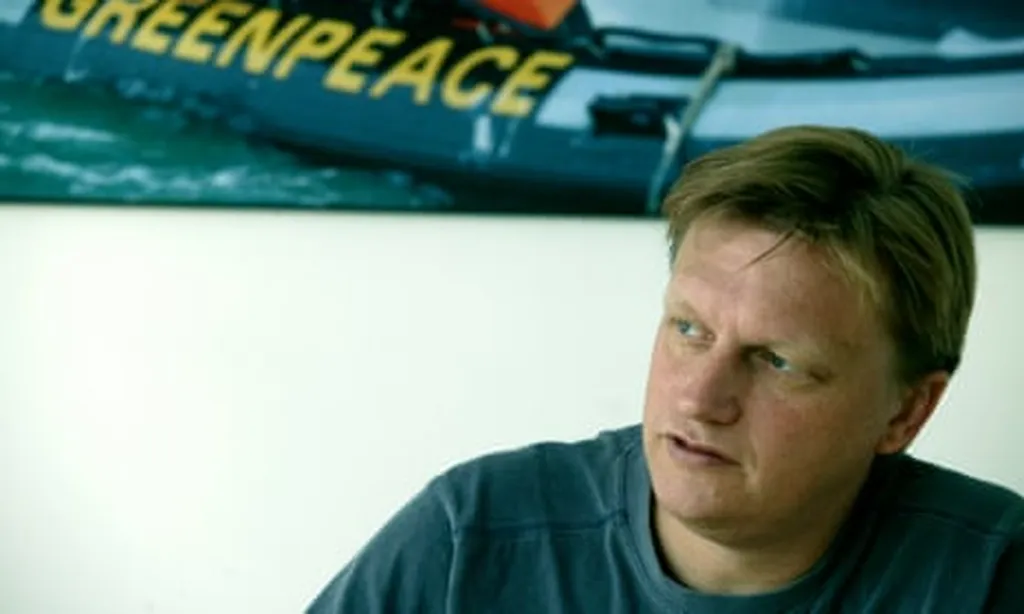In a groundbreaking study published in the journal *Materials Research* (translated from Portuguese), researchers have uncovered a promising method to extract critical metals from discarded LED lamps using bacteria. This innovative approach, known as bioleaching or biomineration, could revolutionize the recycling process for electronic waste, particularly in the energy sector.
The research, led by Isabela Natália da Silva Ferreira, focuses on the biotechnological potential of isolated microorganisms to solubilize valuable metals from LED lamp waste. The study identified seven different bacteria from LED waste, with six belonging to the Bacillus genus. These microorganisms produce metabolites that transform metals from a solid to a liquid phase, making them easier to recover.
“Our findings indicate that the solubilization of metals occurred through cyanogenesis, a process where bacteria produce cyanide compounds that dissolve metals,” explains Ferreira. This discovery is significant as it opens up new avenues for more efficient and environmentally friendly recycling methods.
The study also monitored cellular viability throughout the bioleaching process, with viable cells existing for up to 30 days. Scanning Electron Microscopy images revealed changes in the size of LED particles after the bioleaching process, confirming the degradation of the material due to the metabolites produced by the microorganisms.
The implications for the energy sector are substantial. As the demand for critical metals continues to grow, particularly in the production of LED lamps and other electronic devices, the need for sustainable and efficient recycling methods becomes increasingly important. Bioleaching offers a promising solution, potentially reducing the environmental impact of electronic waste and providing a more sustainable source of critical metals.
“This research could shape future developments in the field by providing a more sustainable and efficient method for extracting valuable metals from electronic waste,” says Ferreira. “It’s a step towards a more circular economy, where resources are reused and recycled in an environmentally friendly manner.”
The study’s findings were published in the journal *Materials Research*, highlighting the importance of interdisciplinary research in addressing global challenges in waste management and resource recovery. As the world continues to grapple with the growing problem of electronic waste, innovative solutions like bioleaching could play a crucial role in creating a more sustainable future.

